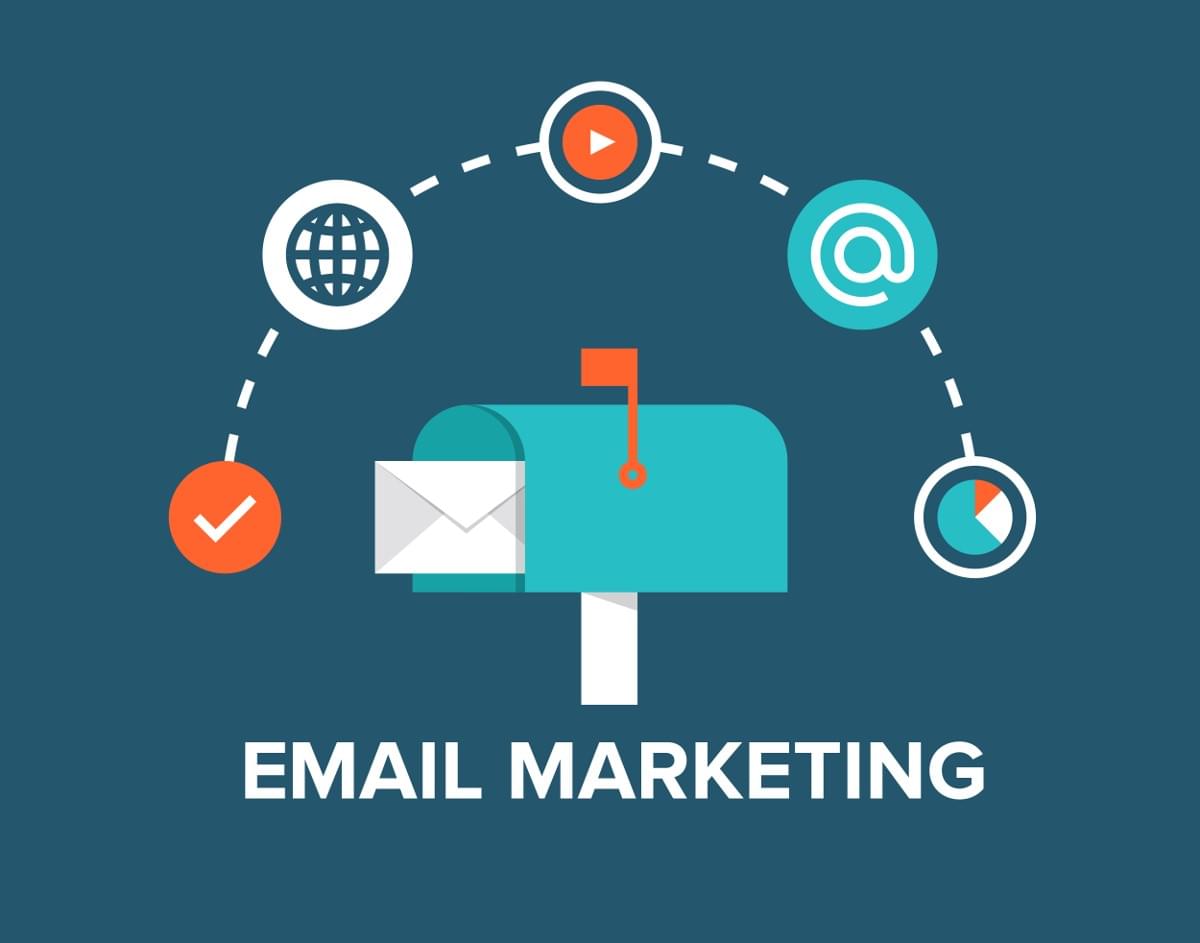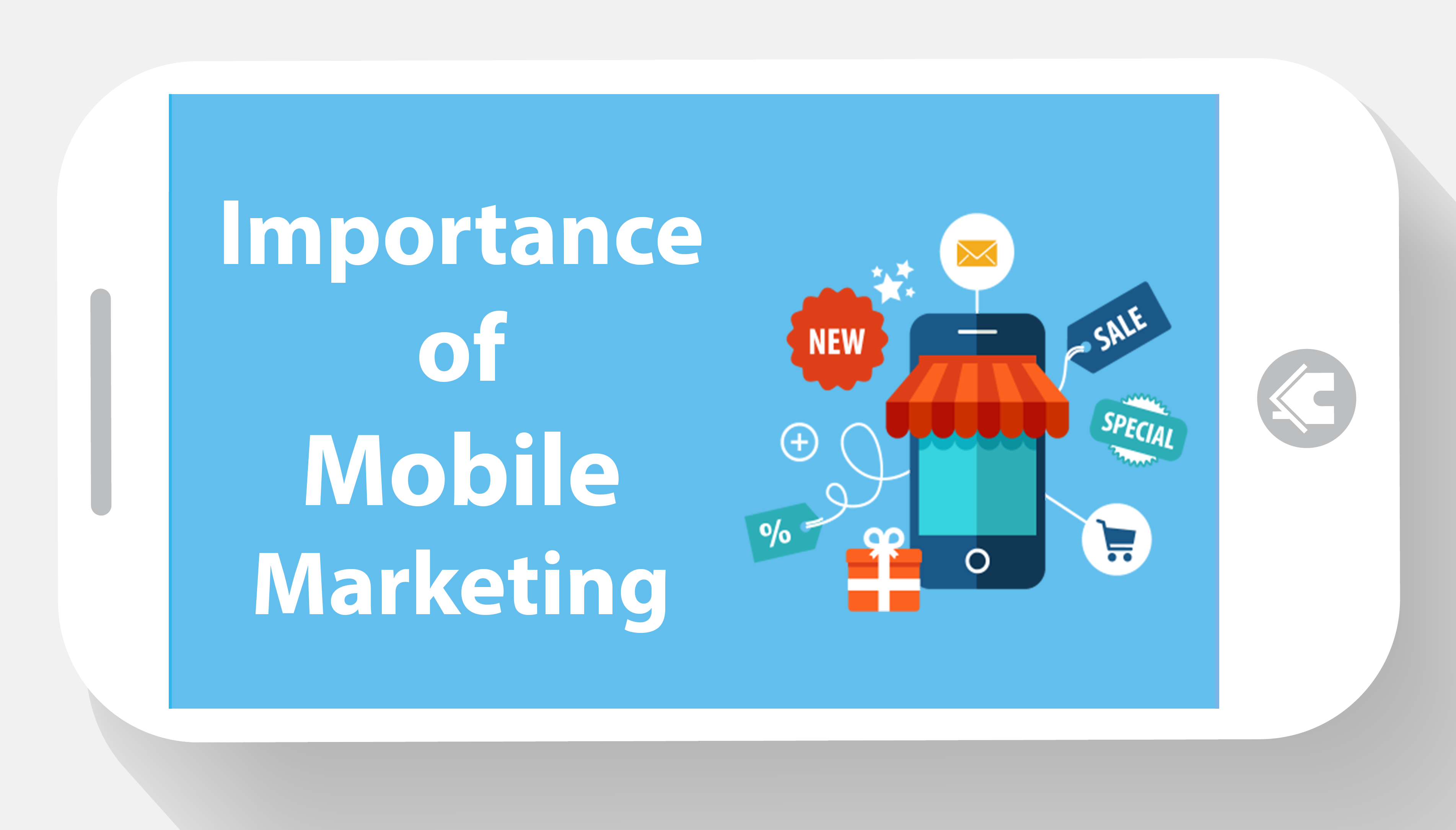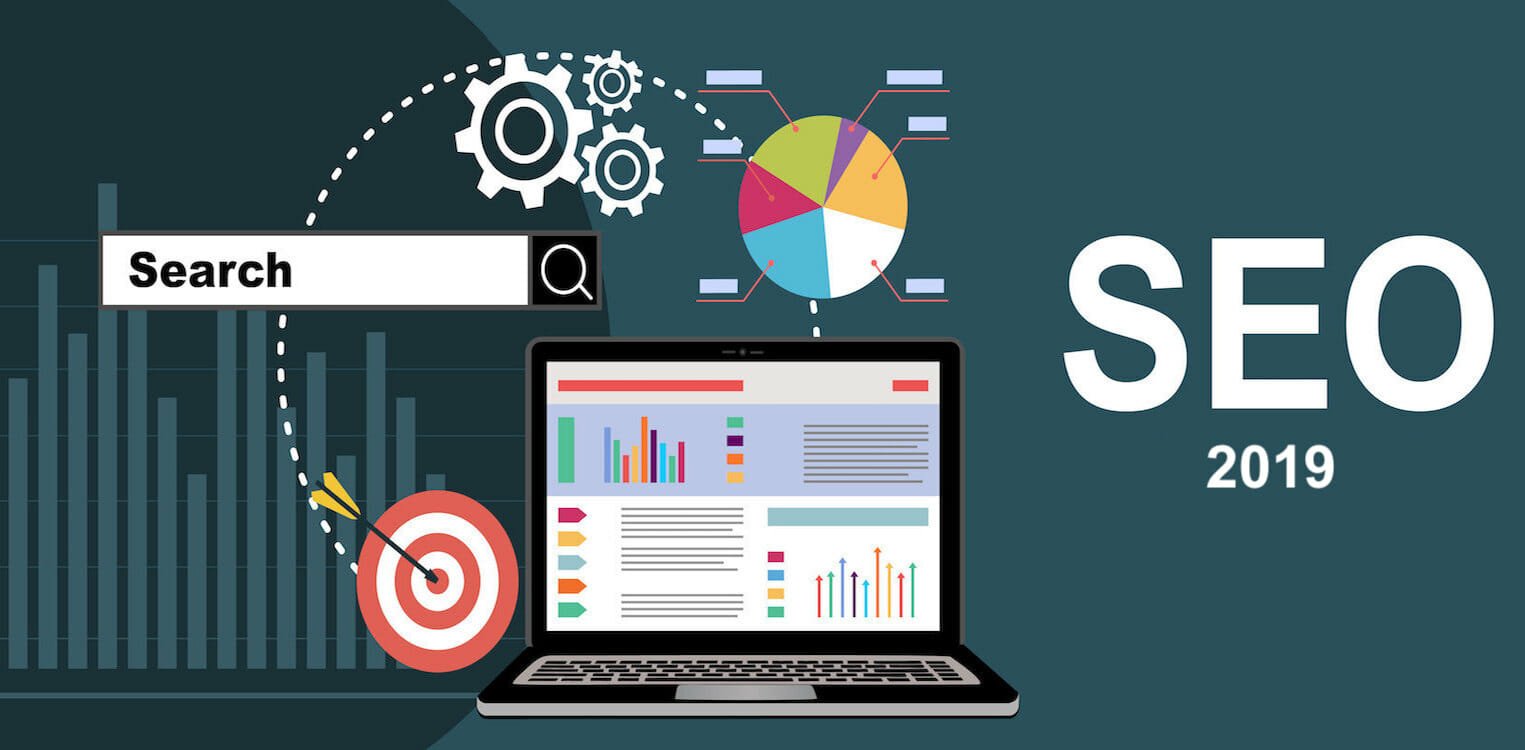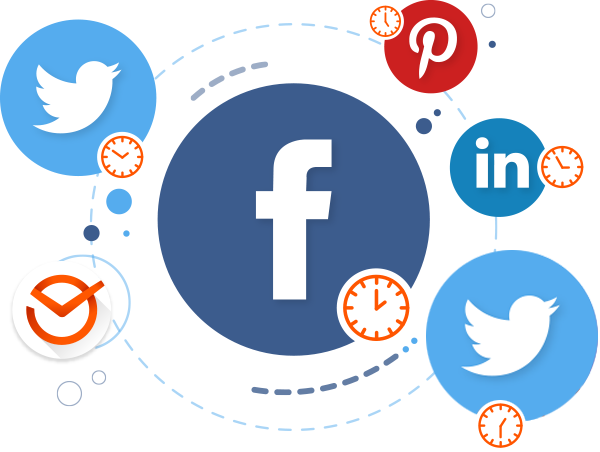This is featured post 1 title
Replace these every slider sentences with your featured post descriptions.Go to Blogger edit html and find these sentences.Now replace these with your own descriptions.This theme is Bloggerized by Lasantha - Premiumbloggertemplates.com.

This is featured post 2 title
Replace these every slider sentences with your featured post descriptions.Go to Blogger edit html and find these sentences.Now replace these with your own descriptions.This theme is Bloggerized by Lasantha - Premiumbloggertemplates.com.

This is featured post 3 title
Replace these every slider sentences with your featured post descriptions.Go to Blogger edit html and find these sentences.Now replace these with your own descriptions.This theme is Bloggerized by Lasantha - Premiumbloggertemplates.com.

Wednesday, September 4, 2019
 September 04, 2019
September 04, 2019
 anuj kumar
anuj kumar
PPC stands for pay-per-click, a model of internet marketing in which advertisers pay a fee each time one of their ads is clicked. Essentially, it’s a way of buying visits to your site, rather than attempting to “earn” those visits organically.
Search engine advertising is one of the most popular forms of PPC. It allows advertisers to bid for ad placement in a search engine's sponsored links when someone searches on a keyword that is related to their business offering. For example, if we bid on the keyword “PPC software,” our ad might show up in the very top spot on the Google results page.
watch video
Pay-per-click, also known as cost per click, is an internet advertising model used to drive traffic to websites, in which an advertiser pays a publisher when the ad is clicked. Pay-per-click is commonly associated with first-tier search engines.
PAY PER CLICK
Every time our ad is clicked, sending a visitor to our website, we have to pay the search engine a small fee. When PPC is working correctly, the fee is trivial, because the visit is worth more than what you pay for it. In other words, if we pay $3 for a click, but the click results in a $300 sale, then we’ve made a hefty profit
 September 04, 2019
September 04, 2019
 anuj kumar
anuj kumar
What Is Email Marketing?
Basically the use of email to promote products and/or services. But a better email marketing definition is the use of email to develop relationships with potential customers and/or clients. Email marketing is one segment of internet marketing, which encompasses online marketing via websites, social media, blogs, etc. It is essentially the same as direct mail except that instead of sending mail through the postal service, messages are sent electronically via email.
Basically the use of email to promote products and/or services. But a better email marketing definition is the use of email to develop relationships with potential customers and/or clients. Email marketing is one segment of internet marketing, which encompasses online marketing via websites, social media, blogs, etc. It is essentially the same as direct mail except that instead of sending mail through the postal service, messages are sent electronically via email.
watch video
Email is an effective marketing channel, especially at the conversion and retention stage of the customer journey. In this course, you learn how to create an email marketing strategy, create and execute email campaigns, and measure the results.
Email marketing best practices include developing your own email list rather than buying an email list(s) and making participation in your email list opt-in rather than opt-out (using permission-based email marketing). Email should also be optimized for mobile usage as according to statistics over half of emails are opened on mobile devices.
EMAIL MARKETING
Tuesday, August 27, 2019
 August 27, 2019
August 27, 2019
 anuj kumar
anuj kumar
What is mobile marketing?
In short, mobile marketing is the sharing of a brand or business in a way that is optimized for smartphones and other mobile devices throughout apps, social media channels, and websites.
As a marketing strategy, mobile marketing allows a business to reach a larger audience than they would by focusing solely on desktop digital marketing processes. According to SiriusDecisons, 67% of the buying process now takes place digitally. In addition, Flurry reported that the average American spends around 5 hours per day on their mobile device.
watch video
Mobile marketing is a multi-channel, digital marketing strategy aimed at reaching a target audience on their smartphones, tablets, and/or other mobile devices, via websites, email, SMS and MMS, social media, and apps. Mobile is disrupting the way people engage with brands.
 August 27, 2019
August 27, 2019
 anuj kumar
anuj kumar
What Is SEO / Search Engine Optimization?
SEO stands for “search engine optimization.” It is the process of getting traffic from the “free,” “organic,” “editorial” or “natural” search results on search engines.
watch video
All major search engines such as Google, Bing and Yahoo have primary search results, where web pages and other content such as videos or local listings are shown and ranked based on what the search engine considers most relevant to users. Payment isn’t involved, as it is with paid search ads.
You will look foolish if you have a site of a dozen odd pages and start expecting search engines to show your site pages at the top of search results that cull out data from over a trillion pages on the Web.
Shady SEO agencies will promise you this kind of service, but the results will be dangerous for your site as well as brand. As contemporary Web search technologies respect content, insist on content-based SEO services, which are more effective than conventional SEO techniques.
Search Engine Land worked with Common Craft to produce the video, and they have many more great explainer videos like this in the Common Craft video library, so check that out.
 August 27, 2019
August 27, 2019
 anuj kumar
anuj kumar
What Is Social Media Management?
Social media management is the process of creating,scheduling, analyzing, and engaging with content posted on social media platforms, like Facebook, Instagram, and Twitter. A social media manager may be employed by a brand, individual, or business to reach newcustomers online or to improve and maintain their reputation.
watch video
Social media managers are experts at handling social media activity, from responding to customer comments to developing strategy on how to achieve long term marketing goals by publishing original content. However, there are also social media management tools that give you control over your own strategy.
>
social media management
Even if your time is limited, social media management tools and services can make your social media presence a priority. And if you aren’t making social media a priority at this point in the game, you’re in trouble.
Social media plays an integral part in the business landscape. With 3.2 billion people using social media around the world, and 11 new users every second, it’s safe to say the fad has turned into a global standard. Social media management tools and services can help you reach this huge audience and make running a social media campaign decidedly simpler.
Even if your time is limited, social media management tools and services can make your social media presence a priority. And if you aren’t making social media a priority at this point in the game, you’re in trouble.
Social media plays an integral part in the business landscape. With 3.2 billion people using social media around the world, and 11 new users every second, it’s safe to say the fad has turned into a global standard. Social media management tools and services can help you reach this huge audience and make running a social media campaign decidedly simpler.
 August 27, 2019
August 27, 2019
 anuj kumar
anuj kumar
What is web content ?
Web content refers to the textual, aural, or visual content published on a website. Content means any creative element, for example, text, applications, images, archived e-mail messages, data, e-services, audio and video files, and so on.
watch video
Web content is the key behind traffic generation to websites. Creating engaging content and organizing it into various categories for easy navigation is most important for a successful website. Also, it is important to optimize the web content for search engines so that it responds to the keywords used for searching.
Web content management (WCM) is essential to run a website successfully. To manage web content, publishers should organize content in line with the requirements of the audience.
This includes usage of common content, terminology, and positioning; consistent navigation; link management; and finally metadata application. There are a wide range of WCM tools available for effectively handling web content.
Monday, August 26, 2019
 August 26, 2019
August 26, 2019
 anuj kumar
anuj kumar
What Is Brand Management?
Brand management is a function of marketing that uses techniques to increase the perceived value of a product line or brand over time. Effective brand management enables the price of products to go up and builds loyal customers through positive brand associations and images or a strong awareness of the brand.
Developing a strategic plan to maintain brand equity or gain brand value requires a comprehensive understanding of the brand, its target market, and the company's overall vision
watch video
How Brand Management Works
Brands have a powerful influence on customer engagement, competition in the markets, and the management of a company. A strong brand presence in the market differentiates a company’s products from its competitors and creates brand affinity for a company’s products or services.
A brand that has been established has to continually maintain its brand image through brand management. Effective brand management increases brand awareness, measures and manages brand equity, drives initiatives that support a consistent brand message, identifies and accommodates new brand products, effectively positions the brand in the market, etc.
Brand management
Examples of Brand Management
Seeing a gecko reminds one of Geico Insurance which uses the reptile in most of its advertising campaigns. Similarly, the Coca-Cola jingle "It’s the Real Thing," which first aired in 1971 as a TV commercial that featured people of different races and cultures, is still branded on the vocal cords of Coca-Cola consumers.
A brand does not only need to be tied to one product. One brand could cover different products or services. Ford, for example, has multiple auto models under the Ford brand. Likewise, a brand name can take on multiple brands under its umbrella.
For example, Procter & Gamble has multiple brands under its brand name, such as Ariel laundry detergent, Charmin tissue, Bounty paper towels, Dawn dishwashing liquid, and Crest toothpaste.
Benefits of a Brand Manager
A brand manager is tasked with managing the tangible and intangible properties of a brand. The tangible aspects of a company’s brand include the product(s), price, packaging, logo, associated colors, and lettering format.
Subscribe to:
Comments (Atom)
 RSS Feed
RSS Feed Twitter
Twitter










